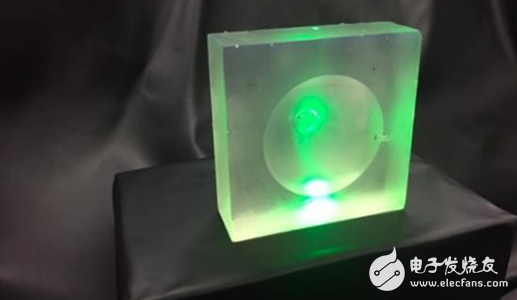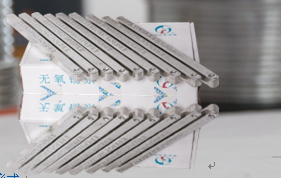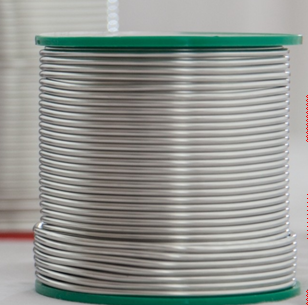Singapore Nanyang Technological University uses 3D printing technology laser-excited-controlled ultrasonic frequency converter, which is a group of mirrors that can convert laser into high-concentration ultrasonic waves, and use laser to control ultrasonic waves to achieve fine operation of cell-level microscopic objects.

3D printing + laser perfect synthesis to promote high-concentration ultrasonic frequency converter
Singapore Nanyang Technological University uses 3D printing technology laser-excited-controlled ultrasonic frequency converter, which is a group of mirrors capable of converting laser into high-concentration ultrasonic waves, using laser-controlled ultrasonic waves to achieve fine-grained operation of cell-level microscopic objects. Professor Nanda The team led by Klaus Ded Ou has developed 3D technology to develop such a frequency converter for more precise operation.
In this type of frequency converter, the laser beam is directed to a glass lens set with a carbon nanotube coated film. The heat from the laser beam can excite the coating to rapidly deform, causing precise vibration to form ultrasonic waves. However, traditionally crafted glass frames can only be customized in a limited shape, which allows the ultrasound beam to focus only on a single point - just like a magnifying glass that focuses on sunlight, so the application is very limited.
The team of Professor Ou has created a new polymer lens set using 3D printing technology, which enables the shape of the new lens group to be customized to any requirement. In this way, it is possible to cause the laser-excited ultrasonic waves to generate a plurality of focusing points at the same time, or to enable the ultrasonic waves to be generated at different fixed points at different times in sequence. This greatly increases controllability and flexibility, and is highly efficient at manipulating microscopic objects. Polymer materials are also much cheaper than glass. For example, the 2 cubic centimeter concept prototype inverter shown in the figure is only costing $2.
The research paper has been published in the recently published academic journal Applied Physics Communications, which is expected to be used in microsurgery, material analysis, and liquid fine control of microfluidic components.
Solder Wire/bar is an indispensable material for the manufacture of electronic products .Tin wire,TIn bar and tin paste are the most widely used electronic welding materials,the technical level depends on the performance of solder joints and welding process performance.
Product specification: Ñ„12*330mm
295*20*13mm
Product Features:
Smooth surface,neat coiling,beautiful appearance,uniform distribution of additives,good continuity.
Less splash of additives in welding process,good mobility,good wettability,less smoke,less oxide slag,bright welding spots.
Widely used in a variety of wave slidering and manual welding of television,audio capacitors,circuit boadrds and communications equipment.
Including SnCu.SnAg.SnAgCu,SnAgCuSb.SnAgBi series.


Solder Bar,Solder Wire Bar,Silver Solder Bar,Lead-Free Tin Solder Bar
Shaoxing Tianlong Tin Materials Co.,Ltd. , https://www.tianlongspray.com